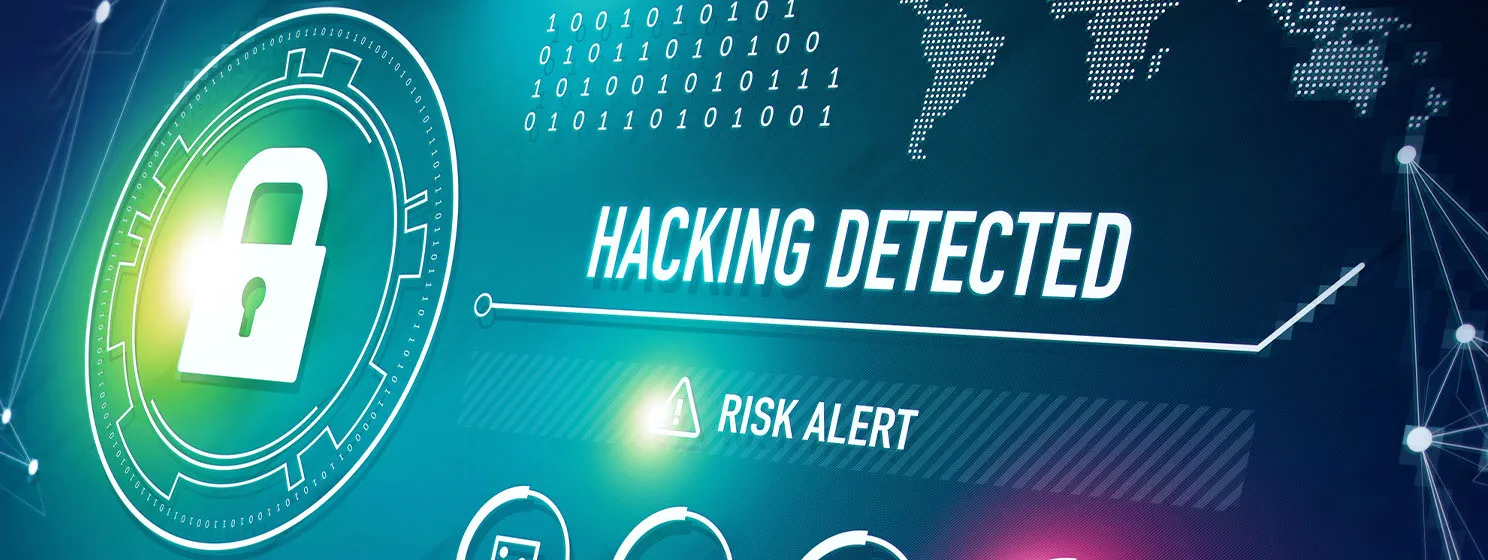|
Getting your Trinity Audio player ready...
|
A new cryptocurrency credit card is making its debut, but hopes its platform offers enough of a unique solution that it will work where others have failed. Nexo, which is backed by Arrington XRP Capital, offers a line of credit through plastic that is based on the holdings of a crypto enthusiast. In essence, it allows a cardholder to use his or her digital assets to spend with a credit card, without actually spending those assets.
Nexo began as a company that collateralizes the holdings and then supplies the user with a fiat loan. It has reportedly handed out over $700 million in similar loans to more than 200,000 clients since it began, and is now using that same concept in conjunction with its credit card plan. Those cards are being offered through a co-branding deal with a MasterCard-issuing credit card provider.
The process is simple. The card is swiped and the platform verifies that the cardholder has enough collateral for the purchase. Nexo then immediately issues a loan for the purchase and settles with the merchant in fiat. According to Nexo partner Antoni Trenchev, the credit card partner is licensed to operate in the European Economic Area; however, the partner has not been named.
Currently offering its cards in Europe, Nexo hopes to roll out the platform to Asia and North America in the near future. The cards don’t look at a user’s credit history, since the crypto collateral is used to offset any credit risk. Interest rates range from 8-24% and are determined by both the loan structure and the regulations of the local area where the cardholder resides.
Loans can be repaid using either crypto or fiat. If the cardholder decides to make the payments using Nexo’s own crypto, the Nexo token, the interest rates automatically drop to 8%. If the value of Bitcoin Core (BTC) rises, the minimum payments are eliminated. This is because the credit line is considered to be dynamic relative to the crypto market, but a crypto crash, on the other hand, would force users to “deposit more crypto, pay a part of their loan to reduce exposure, or sell a portion of their collateral to restore the loan-to-value ratio.”

 08-08-2025
08-08-2025 





